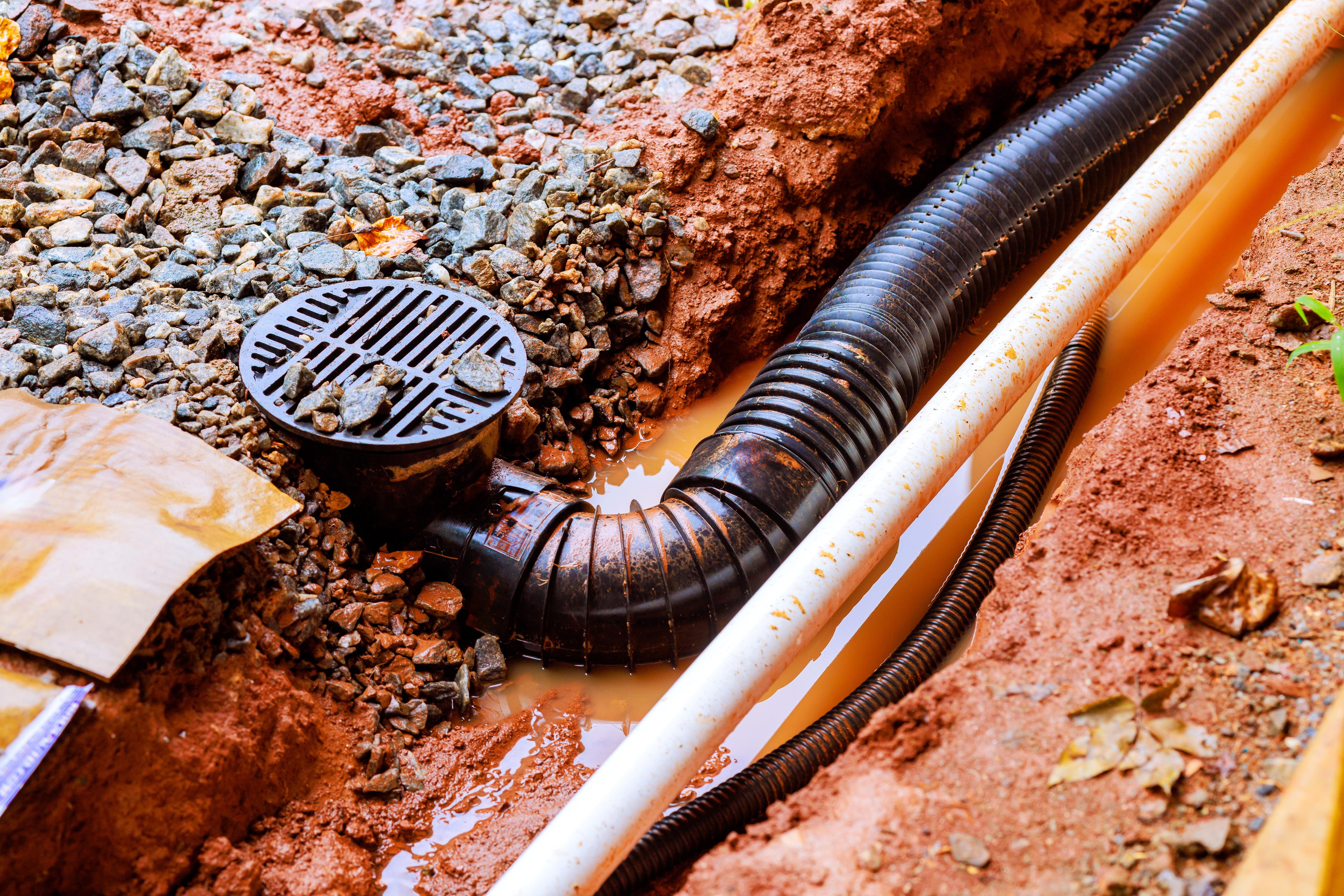Challenges in Fire Hydrant Preventative Maintenance Across Maryland Cities

Strong 8k brings an ultra-HD IPTV experience to your living room and your pocket.
Fire hydrants are indispensable components of Maryland's public safety infrastructure, ensuring access to reliable water supplies during emergencies. However, maintaining these systems involves navigating numerous challenges, particularly in urban and suburban environments. From aging infrastructure to regulatory complexities, here are the primary obstacles in fire hydrant preventative maintenance across Maryland cities and strategies to address them.
1. Aging Infrastructure
Challenge: Many Maryland cities, especially older ones like Baltimore, rely on fire hydrants installed decades ago. These aging systems are prone to corrosion, leaks, and mechanical failures, requiring frequent repairs and replacements.
Solution: Conducting comprehensive inspections and integrating modern materials during replacements can help mitigate wear and tear, extending the life of these hydrants.
2. Budget Constraints
Challenge: Municipal budgets often limit the frequency and quality of hydrant maintenance. With limited funding, cities struggle to balance routine inspections, repairs, and infrastructure upgrades.
Solution: Adopting cost-effective maintenance strategies, such as predictive analytics to prioritize high-risk hydrants, can help allocate resources more efficiently.
3. Varying Local Regulations
Challenge: Maryland’s municipalities often have unique codes and regulations governing hydrant maintenance, creating a lack of uniformity across the state. This complicates compliance for contractors and utility companies managing hydrants across multiple jurisdictions.
Solution: Streamlining communication between local authorities and maintenance teams ensures better understanding and adherence to local codes.
4. Weather Extremes
Challenge: Maryland’s seasonal weather fluctuations can severely impact fire hydrant functionality. Winter freezing can cause pipes and hydrants to crack, while summer heat accelerates corrosion.
Solution: Implementing seasonal maintenance protocols, such as winterizing hydrants and inspecting for heat damage, can reduce weather-related issues.
5. Accessibility Issues
Challenge: In densely populated urban areas, hydrants may be obstructed by parked vehicles, landscaping, or debris, making inspections and repairs challenging.
Solution: Raising public awareness about hydrant accessibility and enforcing local ordinances to keep hydrants clear can ease maintenance efforts.
6. Sediment Build-Up in Water Lines
Challenge: Sediment accumulation in Maryland’s water supply lines can clog hydrants, reducing water flow during emergencies.
Solution: Regular flushing programs remove debris and sediment, ensuring optimal water flow and quality.
7. Lack of Skilled Workforce
Challenge: A shortage of skilled technicians with expertise in hydrant maintenance poses a significant challenge for cities trying to keep their systems in top shape.
Solution: Investing in training programs and offering competitive compensation can attract and retain skilled personnel.
8. Emergency Repairs vs. Preventative Maintenance
Challenge: Maryland cities often prioritize emergency repairs over preventative maintenance due to resource limitations. This reactive approach leads to higher long-term costs and system inefficiencies.
Solution: Allocating dedicated budgets and schedules for preventative maintenance minimizes the need for costly emergency repairs.
9. Coordination Among Agencies
Challenge: Effective hydrant maintenance requires coordination between water utilities, fire departments, and public works departments. Miscommunication can delay repairs or inspections.
Solution: Implementing centralized management systems where all stakeholders can share updates and data ensures smoother collaboration.
10. Public Perception and Support
Challenge: Residents may not recognize the importance of fire hydrant maintenance, leading to insufficient public support for funding or awareness campaigns.
Solution: Community education initiatives that emphasize the role of hydrants in public safety can garner greater support for maintenance efforts.
Conclusion
Maintaining fire hydrants in Maryland cities is a complex task fraught with challenges. However, proactive strategies—ranging from modernizing infrastructure to fostering collaboration—can help overcome these obstacles. By addressing these challenges head-on, Maryland’s municipalities can ensure that their hydrant systems remain reliable, efficient, and ready to serve when emergencies strike.
Note: IndiBlogHub features both user-submitted and editorial content. We do not verify third-party contributions. Read our Disclaimer and Privacy Policyfor details.







